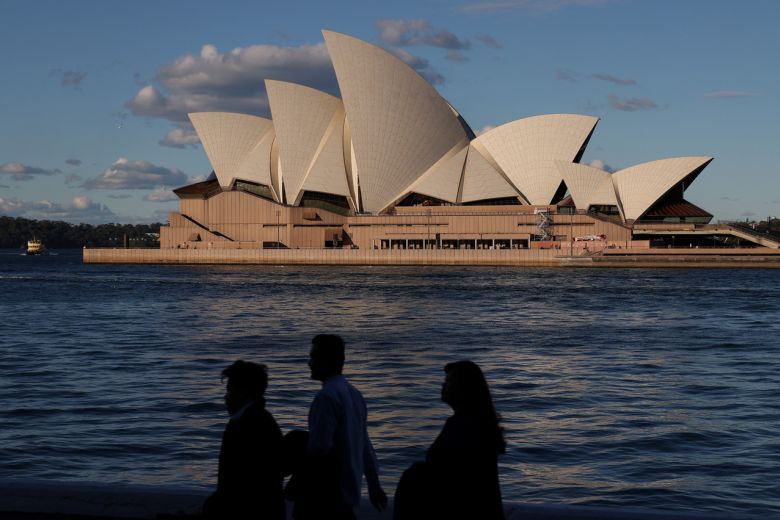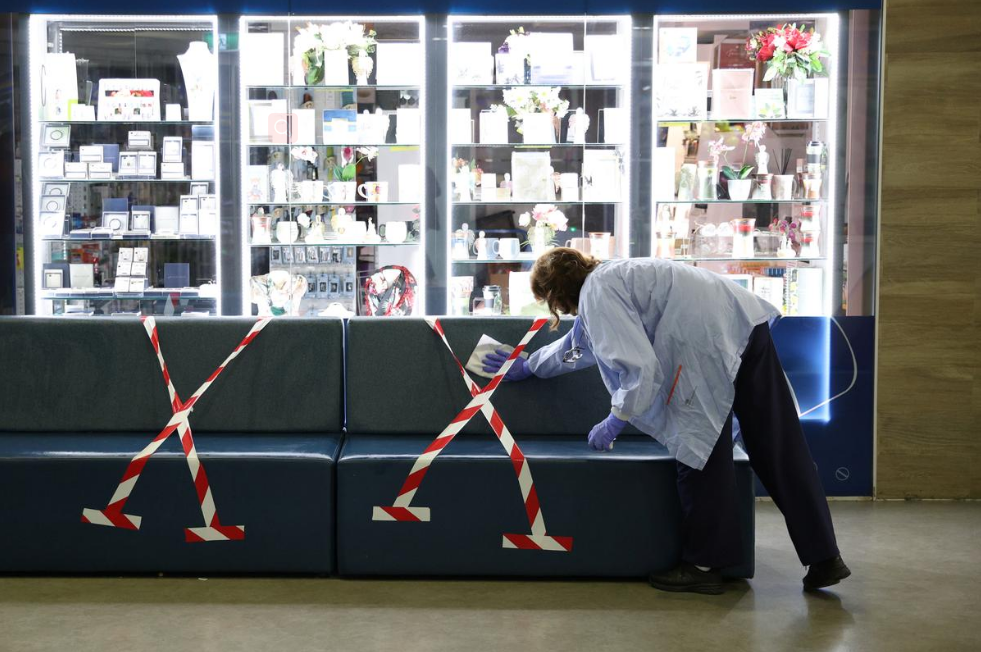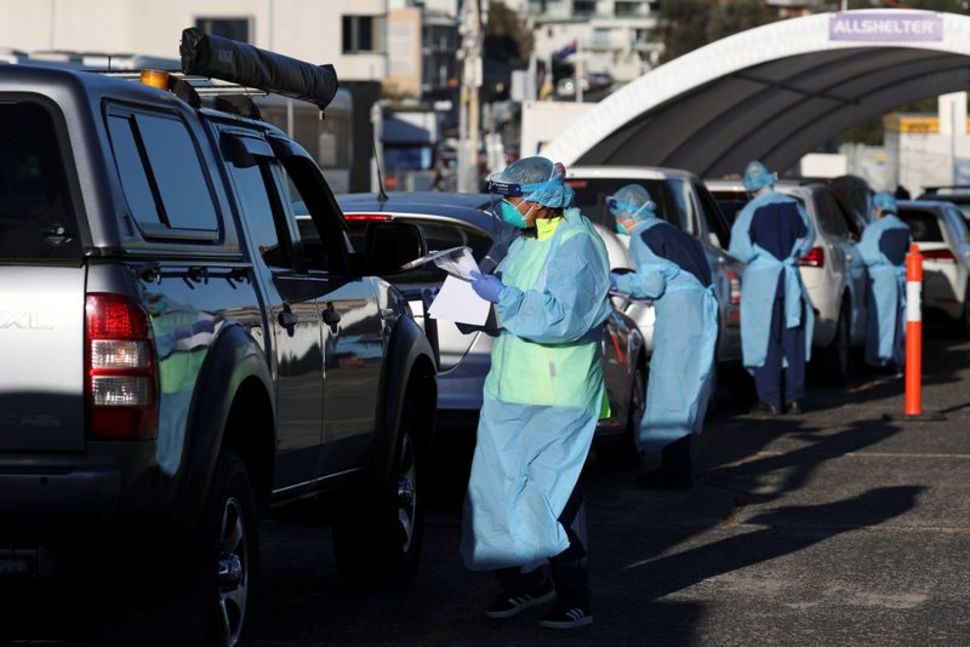
Australia is headed into its first recession in almost three decades because of lockdown measures. /Reuters
Australia is headed into its first recession in almost three decades because of lockdown measures. /Reuters
The number of unemployed Australians topped one million for the first time ever during the month of July amid the COVID-19 pandemic despite almost 115,000 jobs being created during the same period, the Australian Bureau of Statistics (ABS) said Thursday.
Between June and July, the national unemployment rate rose from 7.4 percent to 7.5 percent, an increase of 15,700 people, reaching its highest level percentage-wise since 1998, as businesses struggled with the impact of the COVID-19 pandemic.
"The number of unemployed people rose by nearly 16,000 between June and July. For the first time there were more than one million people out of work, available to work and actively looking for work", said Bjorn Jarvis, head of Labour Statistics at the ABS.

A worker disinfects a bench at Westmead Hospital amidst the spread of the coronavirus disease (COVID-19) in Sydney, Australia, May 12, 2020. /Reuters
A worker disinfects a bench at Westmead Hospital amidst the spread of the coronavirus disease (COVID-19) in Sydney, Australia, May 12, 2020. /Reuters
However, some economists suggested the real rate of unemployment was closer to 10 percent as the official figures did not include the number of people who were not working but relying on government wage subsidy programs such as JobKeeper.
"Without JobKeeper, the ABS estimates that the unemployment rate would be 0.8 percentage points higher, and adding in those people that have lost their job and exited the workforce since March, the rate rises to around 10 percent," Sarah Hunter from BIS Oxford Economics told the Australian Broadcasting Corporation.
In a recent update, the Reserve Bank of Australia outlined a "baseline scenario" where the country's unemployment rate will reach 10 percent by the end of the year, and gradually decline to around seven percent over the following years.

Medical personnel administer tests for the coronavirus disease (COVID-19) at the Bondi Beach drive-through testing centre, as the state of New South Wales grapples with an outbreak of new cases, in Sydney, Australia, July 20, 2020. /Reuters
Medical personnel administer tests for the coronavirus disease (COVID-19) at the Bondi Beach drive-through testing centre, as the state of New South Wales grapples with an outbreak of new cases, in Sydney, Australia, July 20, 2020. /Reuters
Australia recorded its deadliest day of the coronavirus pandemic on Wednesday and the biggest daily rise in infections in three days, denting hopes that a second wave gripping the state of Victoria may be stabilizing.
A cluster of infections in Melbourne, the Victorian capital and Australia's second-largest city, forced authorities last week to impose a night curfew, tighten restrictions on people's daily movements and order large parts of state economy to close.
Only Victoria and the country's most populous state, New South Wales (NSW), reported fresh COVID-19 cases on Wednesday, with a total of 428 infections detected in that past 24 hours.
As of Thursday afternoon (Beijing Time), Australia has reported 22,358 infections and 361 deaths from the virus, far fewer on a per capita basis than many other developed countries, according to the latest data from Johns Hopkins University.
(With input from agencies)